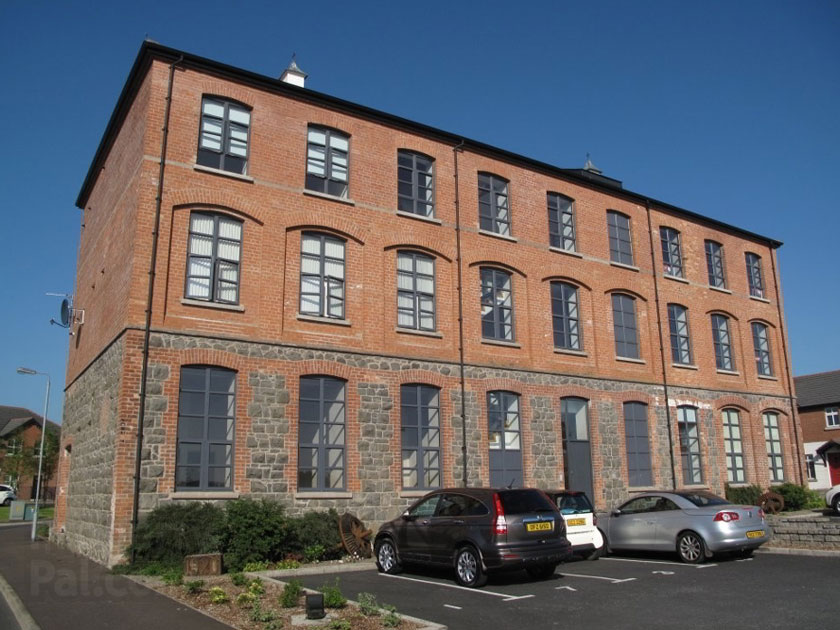
How much is stamp duty now? Rates explained, and what you have to pay now the tax holiday has ended
The stamp duty holiday was introduced in England and Northern Ireland in June 2020 to support the property market during the Covid-19 pandemic.
The Government has pulled back its support for home buyers, reducing the stamp duty tax-free threshold from £500,000 to £250,000.
The stamp duty holiday was introduced in England and Northern Ireland in June 2020 to support the property market during the Covid-19 pandemic, and help ensure buyers could make purchases.
Here is everything you need to know about how it is changing, and when it will end for good.
How is the stamp duty holiday changing?
From 1 July, people buying homes in England and Northern Ireland will have to pay stamp duty on all property over £250,000.
Since last June buyers have been exempt from paying stamp duty on homes up to £500,000. The normal nil rate band is £125,000.
This is how much stamp duty you will have to pay between now and 30 September:
- £0 – £250,000 = 0 per cent
- £250,001 – £925,000 = 5 per cent
- £925,001 – £1,500,000 = 10 per cent
- £1,500,000 and over = 12 per cent
From 1 October it will change again, reverting back to pre-pandemic rates:
- £0 – £125,000 = 0 per cent
- £125,001 – £250,000 = 2 per cent
- £250,001 – £925,000 = 5 per cent
- £925,000 – £1,500,000 = 10 per cent
- £1,500,000 and over = 12 per cent
Rates for people buying second homes are slightly higher.
To work out exactly how much stamp duty you will pay on your purchase, you can use the Government’s calculator.
What is stamp duty?
Stamp duty, also known as stamp duty land tax (SDLT), is a tax on property or land bought in England and Northern Ireland.
Scotland and Wales have their own taxes on land, which are called land and buildings transaction tax (LBTT) and the land transaction tax (LTT), respectively.
In normal times, buyers do not pay any stamp duty on the value of a property up to £125,000.
You then pay a lump sum equivalent to two per cent of the value of the property up to £250,000 and five per cent on the next £675,000.
The rules are different for first-time buyers, who are exempt from stamp duty for properties up to £300,000, and then must pay five per cent on the portion from £300,001 to £500,000.
If you are a first-time buyer purchasing a property that costs more than £500,000 you follow the same rules as other buyers.
Rates are different depending on whether the property is residential, a second home or buy-to-let.
Article credit: https://inews.co.uk/inews-lifestyle/money/property-and-mortgages/stamp-duty-how-much-now-calculator-rate-pay-now-tax-holiday-deadline-end-1081430
 Community
We pride ourselves on the support we give to local charities and communities through our neighbourhood partnerships
Community
We pride ourselves on the support we give to local charities and communities through our neighbourhood partnerships
 Sustainabuilding
At Simpson Developments, we put sustainability at the core of everything we do
Sustainabuilding
At Simpson Developments, we put sustainability at the core of everything we do
 News
Providing regular property news in the UK, updating you with the latest happenings in the property market
News
Providing regular property news in the UK, updating you with the latest happenings in the property market
 Contact
Talk to us!
Contact
Talk to us!









